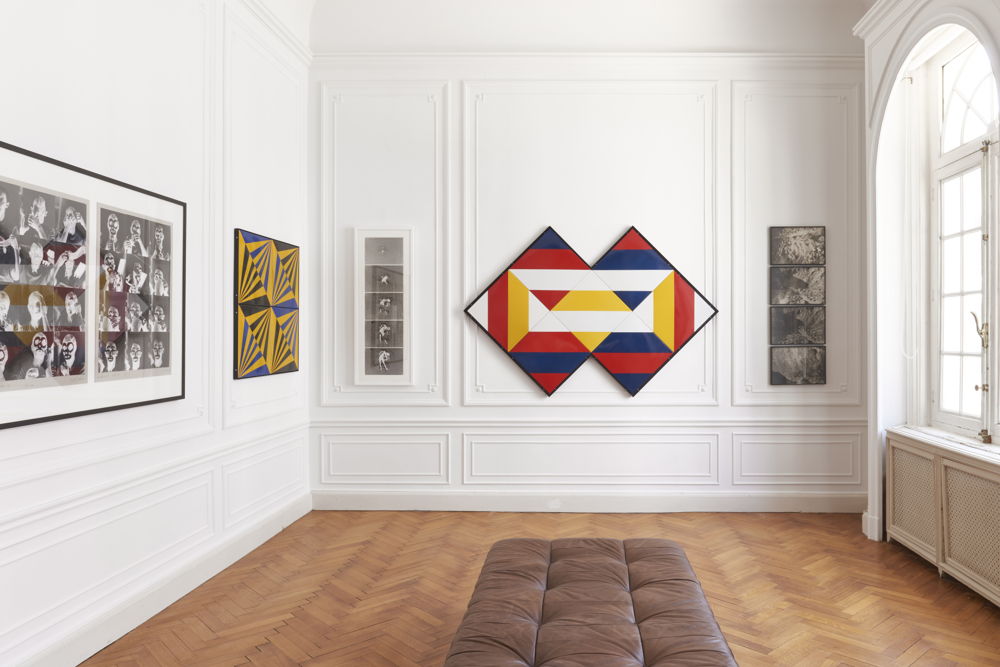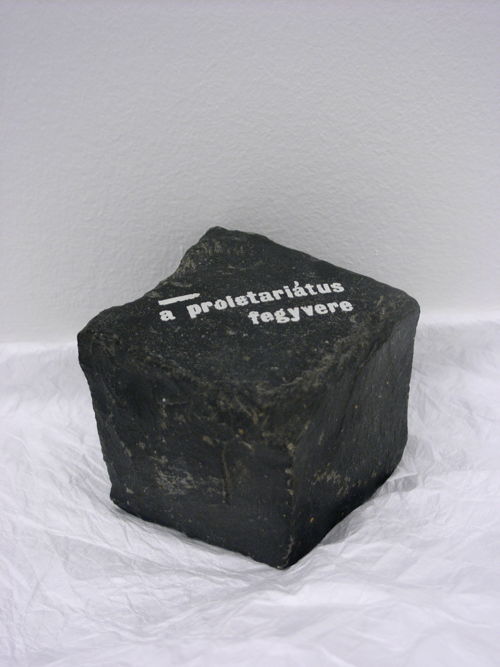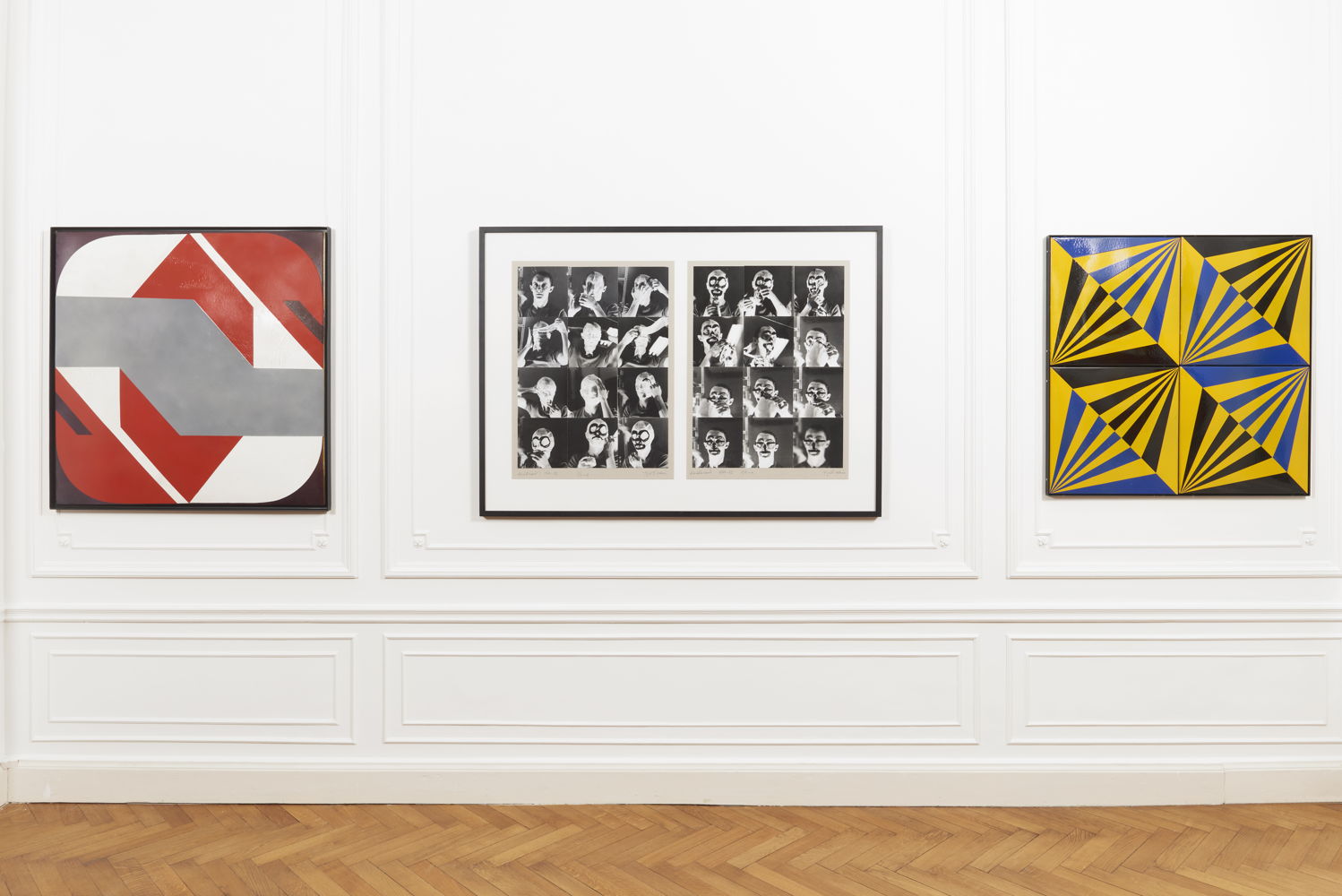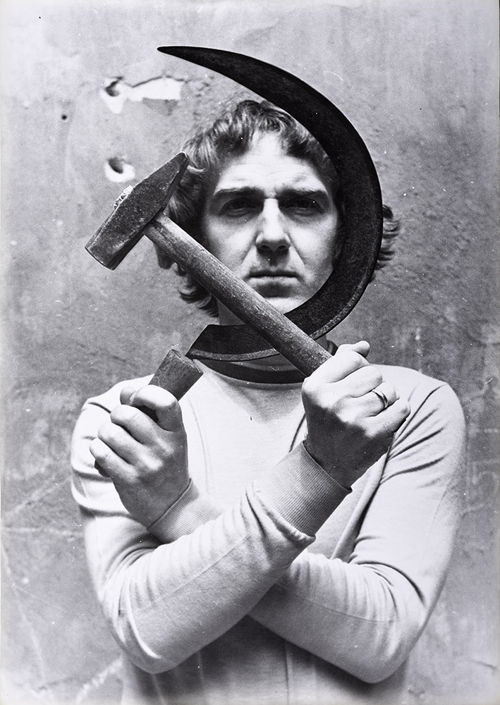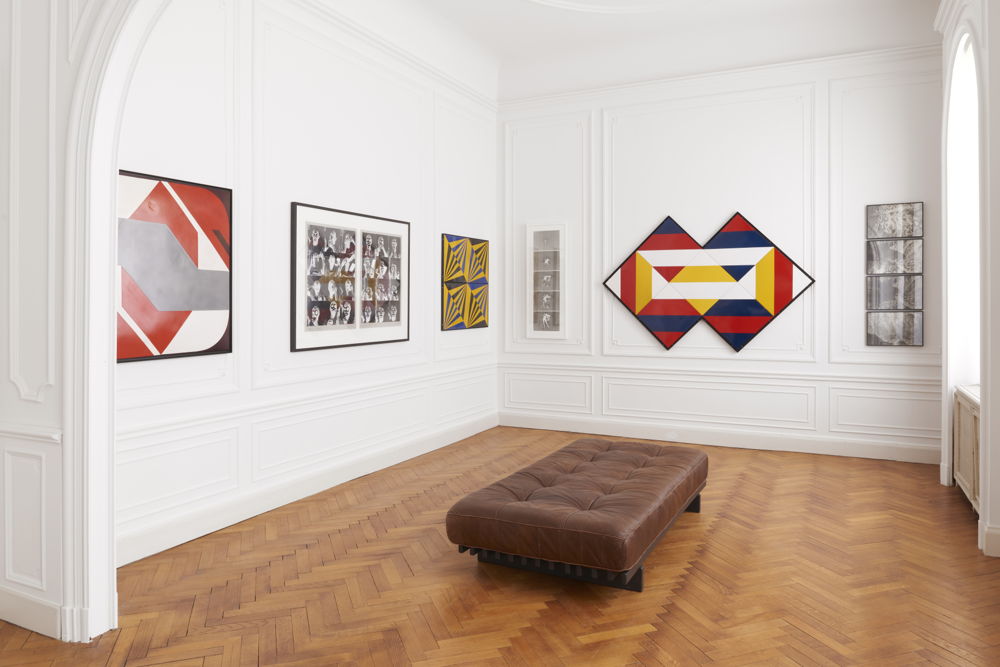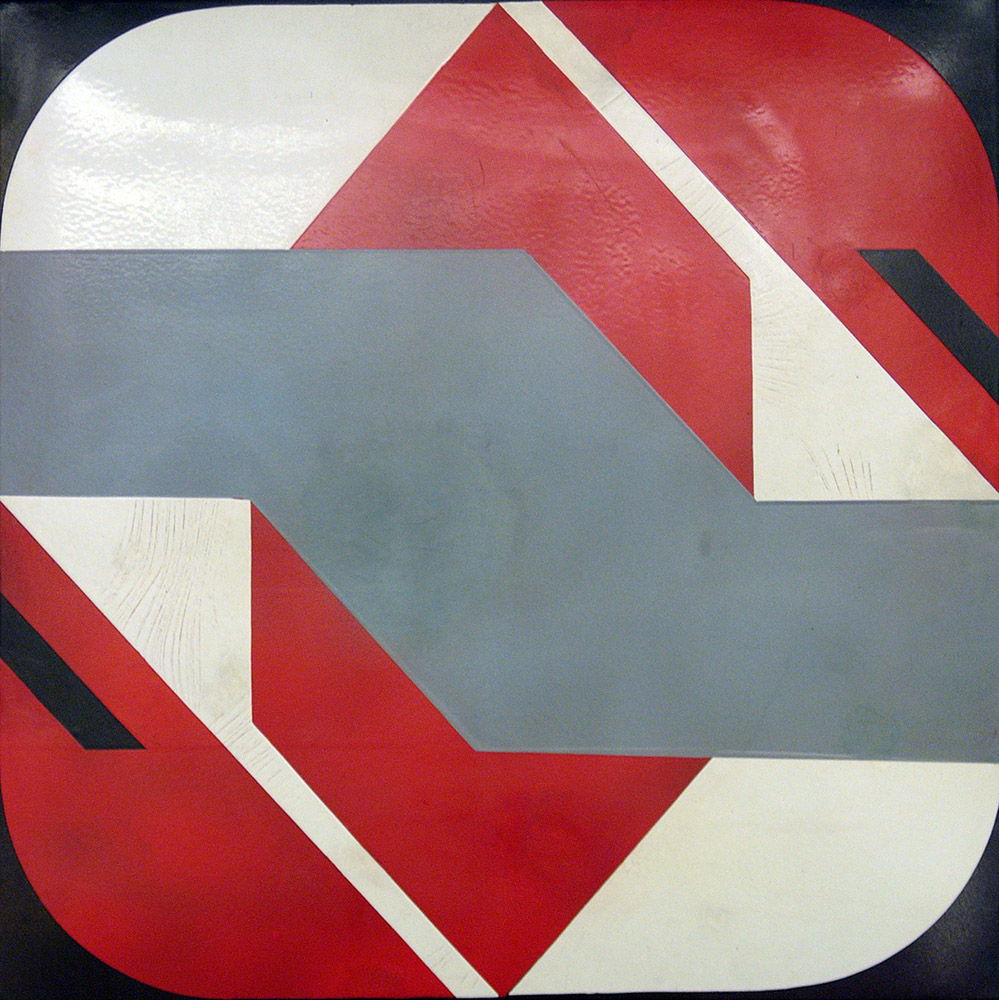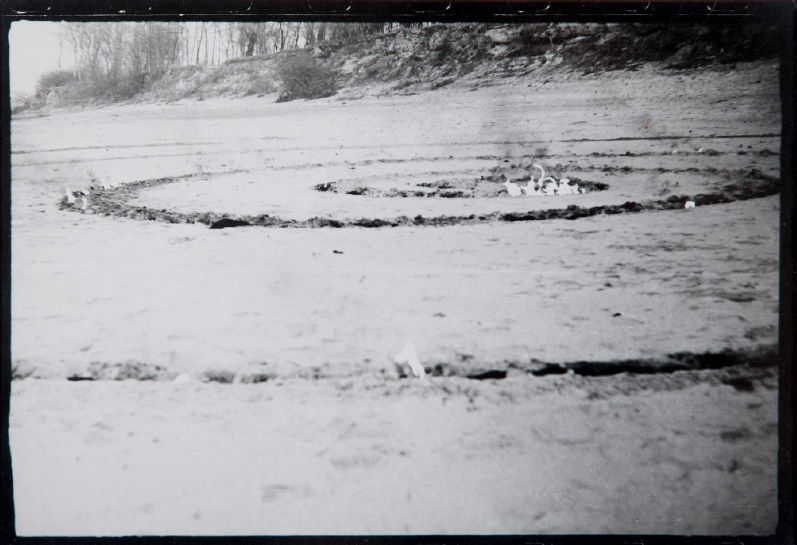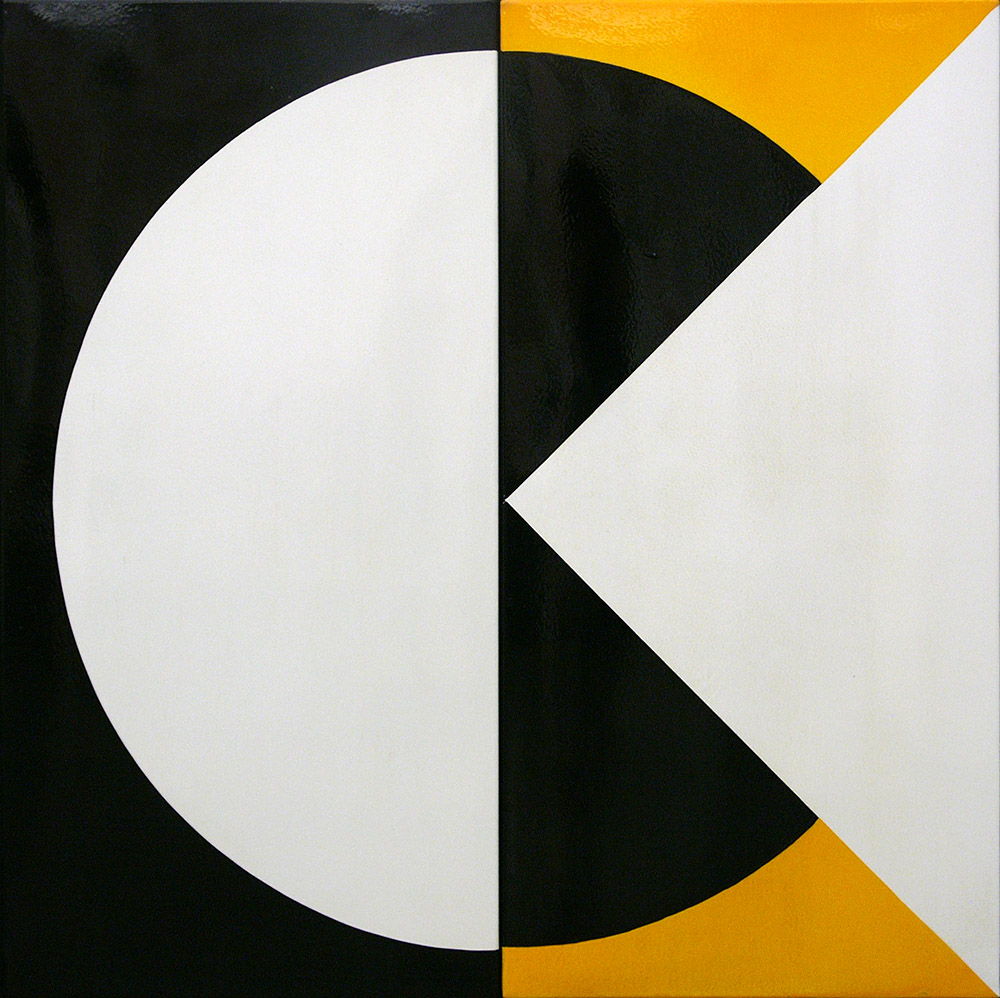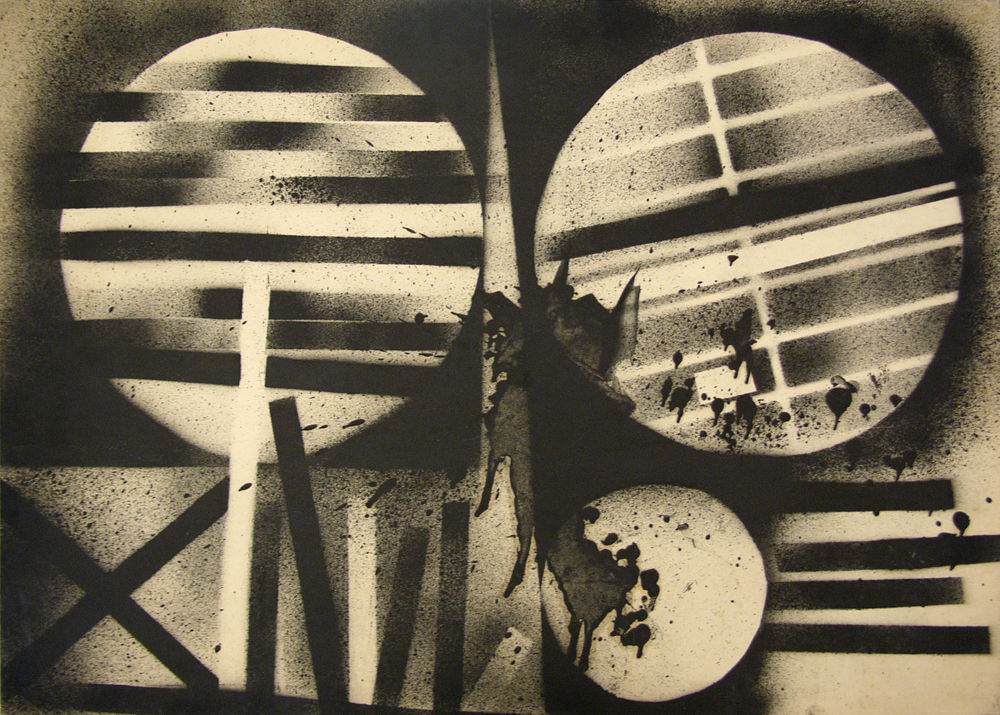Philippe Piessens presents work by the by the Pécs Workshop, a Hungarian neo-avant-garde artist group
Philippe Piessens presents a selection of works by the Pécs Workshop, a neo-avant-garde artist group who were active on the Hungarian arts scene between 1969 and 1980. The five artists shown are Ferenc Ficzek (1947–1987), Károly Hopp-Halász (1946–2016), Károly Kismányoky (1943–2018), Sándor Pinczehelyi (1946–), Kálmán Szijártó (1946–) and their professor Ferenc Lantos (1929-2014). On the edges of a half peripheral country, on the “wrong” side of the Iron Curtain, they developed a both a joint activity and individual practices that are enduring, prescient and combative.
Following exhibitions at the Ludwig Museum in Budapest, in Vienna, and in New York, and against a backdrop of increased institutional interest, this will be the first time works from the group will be shown in Belgium. Through 20 works in all media, the exhibition illuminates a movement that is both universal in its aspirations and its artistic language, and rooted in a specific time and place. Not only does it show the endurance of art-making when there is no market to speak of, and no incentive to produce saleable objects. It also illustrates artists’ strategies of flying just under the radar of an oppressive regime.
Pécs Workshop
Pécs, albeit far from the capital Budapest, was a progressive, cultured and vibrant city, being the hometown of artists like Marcel Breuer, Farkas Molnár and Victor Vasarely. With this heritage of Constructivism and Geometric Abstraction, and in the multi-disciplinary and collaborative spirit of the Bauhaus, the early works of the Pécs Workshop members were an investigation of form, colour, optical effects, composition and movement. Under the guidance of Ferenc Lantos, the older artist and their professor at the High School of Arts also presented in this selection, the group realized a number of works on paper, and more importantly a group of colorful paintings on enamel, a typical local medium. Collaborating with the factory workers of the enamel plant in nearby Bonyhád, they created a compelling body of work that strikes a balance between local distinction and tradition, and universal validity. Several enamel works will be exhibited.
As early as 1970, the young artists of the group embarked on a decade of conceptual experimentation. Disavowing Lantos, they left the closed space of the studio, and embraced new media, such as video, photography, and performance. They were reference the new forms of artistic expression developing in Cologne and New York, information about which reached them in a piecemeal fashion. They re-interpreted these ideas to suit the particular circumstances of communist Hungary. As it turned out, the ephemeral nature of land art, outdoor interventions, performances and body art turned out to be uniquely suited to an artistic environment characterized by impossibility leave (despite the desire to), the absence of a market, and state censorship. Thus Hopp-Halász’ “Private Broadcast”, showing the artist’s naked body contorted inside a television set, alludes to both the regime’s dominance of the media, and its discrimination against homosexuality. Sándor Pinczehelyi’s “Weapon of the Proletariat”, meanwhile, turns not one but two minimalist tropes (the readymade and the screen-printed sentence) into a wry comment on a repressive regime.
Philippe Piessens
Philippe Piessens is an art dealer and collector. Sporadically he organizes historical exhibitions with artists whose work had an important influence in art history, but often remained underexposed in Belgium.
Pécs Workshop: Hungary’s Parallel Avant-Garde
17 May 17 – 8 July, 2018
Open on Friday & Saturday, 11am-6pm
Opening reception: 17 May 2018, 6pm-8.30pm
Begijnenvest 102,
2000 Antwerp
https://www.philippepiessens.com
